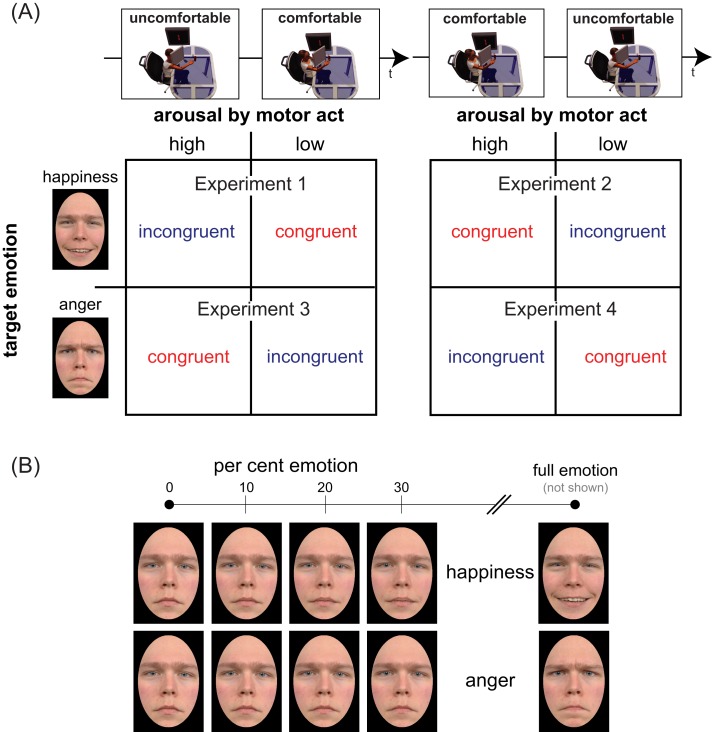Figure 1. Experimental design and face set.
Panel (A) illustrates the mixed factorial design used in our study. The two temporal sequences in the top row (uncomfortable ⇒ comfortable on the left, comfortable ⇒ uncomfortable on the right) represent the levels of the between-subjects factor Action Ordering. Matrix rows represent the levels (happiness/positive on top, anger/negative on bottom) of between-subjects factor Target Emotion. Each cell of the two matrices encodes the two levels of the within-subjects factor Congruency, based on the correspondence between the valence of bodily motor acts performed before the emotion detection task (same along columns) and the valence of target emotion (same along rows). Panel (B) shows the faces of neutral-happy (top) and neutral-angry (bottom) morph continua for an exemplar character (not used in our experiments) who gave permission for the usage of his image (see Fantoni & Gerbino (2014), Fig. 1) for the characters of the Radboud database used in our experiments). The panel illustrates, for each continuum, the four morph intensities (0, 10, 20, 30%) used in the present study and the full emotion face (right), used to generate the blended items by morphing it with the neutral face (left).

